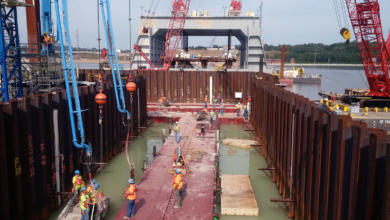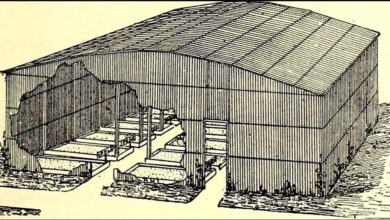What are the Loads? What are the types of Loads?

Nature of Loads:
1. Dead Load 2. Imposed Load 3. Earthquake load
Civil Engineering concept of the part of construction process where the term “load” can define as the concept of carrying the heavyweight of a particular object and the perfect example of this is a: “DEAD LOAD” which we’ll discuss in detail and the types of the loads such as- Imposed, Wind, Earthquake, etc.
In the scientific definition of the LOAD, the term means the external force-placed or acting on the object and the unit of the load is neutral.

Loads acting on a Structure:
A. Vertical:
- Dead Loads
- Live/ Imposed
- Impact
B. Horizontal:
- Wind
- Earthquake
C. Longitudinal:
- Snow
- Special
Advertisement
In the process of constructing a building, two major factors are considered which are- Safety and Economy. For Ex- If the Loads are considered or given importance, then the economy is affected. Or if you are considering it economically then the nature of the building is not strong and safe. So, the key here is to consider both the factors and not compromise any of them in order to get the best results in a more efficient and cost-effective way.
Detailed Explanation:
- Dead Loads- The first vertical, that are considered are the “Dead load”. It can define as it doesn’t change during the lifetime and remains the same-
- For Ex- It consists of the weight of building walls, beams, floors material, etc. The dead calculates while estimating the overall material used in the construction. To calculate, you can calculate the volume of each section and multiply it by the unit weight.

- Imposed loads/ Live Loads: It is considered while designing the structure. Imposed are not fixed in nature can be changed during the time in terms of its weight.
- For Ex- These depends on their usage and capacity, such as people walking around a building or movable objects such as furniture. Examples are as follows – Educational Buildings and Storage offices, etc.
Impact loads on a Surface:
- Impact Loads: It can define as the sudden place on a surface of the building or on the ground.
- Such as- In a building consists of 25 floors and you throw an object from the 21st-floor ground then it experienced the impact, but if you simply put the object on the ground.

- Wind Loads: In the horizontal, wind is directly related to the airflow, which gets effect and changes as per the movement of air relative to earth. It is important to keep in mind the “wind” while designing the building. The calculation depends on the two factors, such as the velocity of wind and size of the building.

- Snow Loads: Today’s engineers have found the solutions to the most difficult structures and designs and when it comes to natural hazards they are still in the process of acquiring the expertise in the area and they have come so far and with the help of latest techniques and tools they can get the desired results.
- For Instance- When the heavy snow and fierce winds meet, even the best-engineered buildings or houses can collapse. That is why it is essential to calculate the roof and accordingly plan the roof design. So, that it can accumulate the snow weight and can be cleaned afterward with the help of the style and shape of the roof.

- Earthquake Load: Seismic is one of the basic concepts of earthquake engineering and it is the process of creating a structure that can stand against the various kinds of natural forces such as – Gravity, Earthquake, and Blast. In this concept, the engineers pay extra attention to the detail and to the structural dynamics of the building.
- Ex-Burj-Khalifa is one such example of a great work by the extraordinary engineers. The factors are consider as the nature of foundation soil, size, and mode of construction.




